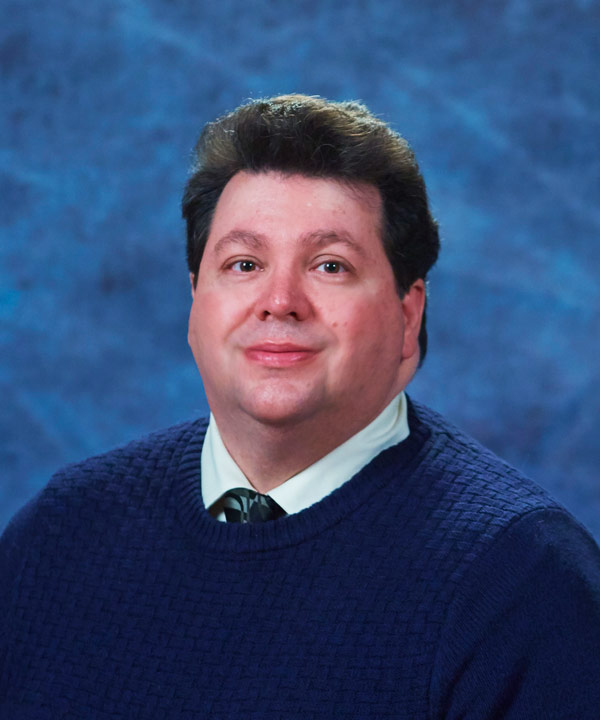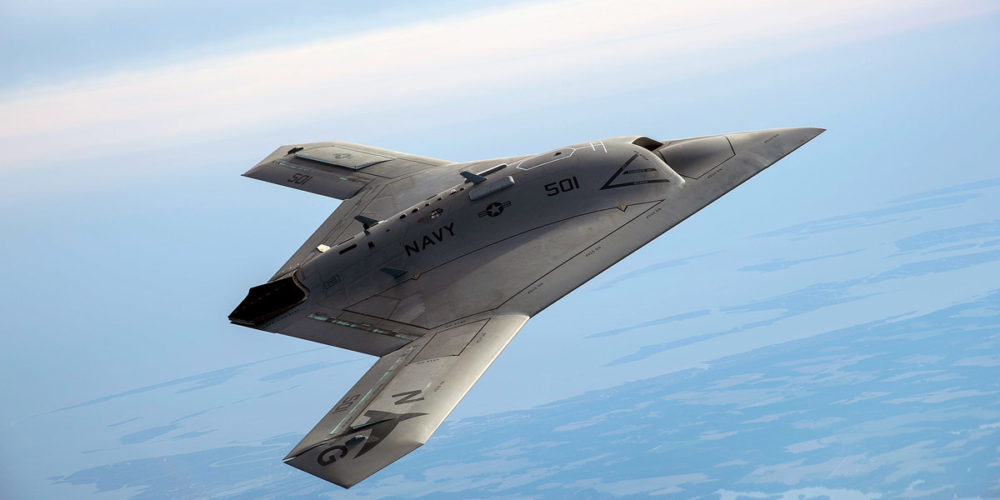Embry-Riddle and Northrop Grumman have teamed up to fill a national gap in the area of airworthiness engineering education through a unique professional program.
“It’s the first of its kind in the United States,” says Glenn Greiner, an associate professor of aerospace engineering and the program coordinator for Embry-Riddle.
The Certificate of Study in Airworthiness Engineering (CSAE) launched in January 2017 and celebrated its first graduates this April.
Created specifically to fill the needs of Northrop Grumman engineers, the 15-month program blends live and recorded online coursework. In addition to the certificate, students earn 12 graduate-level credits, which can be applied toward a master’s degree at Embry-Riddle’s Worldwide and Daytona Beach campuses.
“We are proud of the partnership with Northrop Grumman resulting in offering this innovative program,” says Maj Mirmirani, dean of the College of Engineering at the Daytona Beach Campus.
The program is already earning industry kudos. The Engineers’ Council recognized the program and the Northrop Grumman/Embry-Riddle partnership with a 2017 Distinguished Engineering Project Achievement Award.
The plan is to possibly expand and develop the curricula into a full master’s degree in the future, Greiner says.
While the first cohort of CSAE students were all Northrop Grumman employees, in January 2018 Embry-Riddle began offering the airworthiness engineering program to all students, regardless of employer.
A Timely Solution

Recent CSAE graduate Kurt Lawson (pictured, right), an engineering manager at Northrop Grumman’s facility in Rolling Meadows, Illinois, was already an Embry-Riddle graduate when he joined the program. He earned a bachelor’s degree in aeronautical engineering in 1993 from the Prescott Campus. Lawson says the CSAE was the perfect next step for his professional development.
“Until the CSAE program launched, there was no formal course of study in airworthiness. Our customers are placing increased emphasis on airworthiness as a separate discipline,” he says. “We need both broad expertise and up-to-date knowledge to execute these programs. CSAE offers a focused solution for industry to bring engineers up to that common baseline.”
The evolving airworthiness environment heightens the need for this type of training, Lawson adds.
“Airworthiness has changed more in the last five years than the prior 20 years, so timeliness is critical,” he says. “During the CSAE program, the Federal Aviation Administration issued a major rewrite for airplane airworthiness standards (FAR Part 23) and issued Technical Standard Order – C211 for Detect and Avoid, which is a key technology for unmanned systems. The CSAE cohort covered both of these changes, literally, as they happened.”
Stephen Cook, Northrop Grumman technical fellow in the Northrop Grumman Office of Independent Airworthiness and the company’s CSAE representative, says Embry-Riddle was the “right fit” to customize and deliver the advanced education for their employees. “The vision of the program is to build a stronger airworthiness skillset by creating a more formalized airworthiness career pipeline,” he says. “We liked the fact that Embry-Riddle has a strong background in aviation and aircraft maintenance. That was a big differentiator for us.”
In addition, the university had a successful track record in establishing professional programs to meet industry needs. In 2010, the university launched a Multidisciplinary Master of Science in Engineering program that was tailor-made for Gulfstream Aerospace.
“We’re a global company,” Cook says. “From our perspective there was a gap in formal airworthiness education in the United States. This was an area in which we could show leadership and help to fill that gap.”
